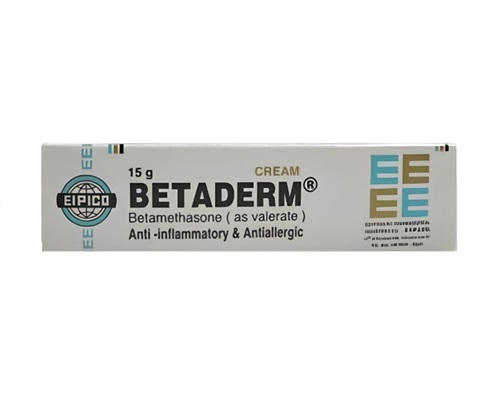Description
Trade name:
Burnasores
Compound:
The drug is of plant origin.
Contains 0.25% Beta-Sitosterol as the main active ingredient.
It also contains sesame oil and beeswax.
Burnasors includes in its formula 18 amino acids, 4 essential fatty acids, vitamins and polysaccharides.
Properties:
– Ensures the optimal physiological state of the skin, necessary for regeneration and restoration.
– Has an anti-inflammatory effect, reduces swelling.
– Creates an unfavorable environment for colonization by bacteria and fungi.
– Protects exposed and damaged nerve endings, providing an analgesic effect.
– Improves local nutrition of cells.
– Liquefies necrotic tissue.
– Isolates and protects the wound layers from environmental influences, but at the same time maintains the necessary conditions for air exchange at the site of injury.
– Reduces the loss of biological fluids from damaged skin (burns).
– Absorbs residual heat in acute burn wounds.
– Accelerates epithelialization and skin restoration
Indications:
1- First degree burns, to relieve pain and restore skin. And sunburns.
2- Second degree burns, superficial and deep.
3- Third degree burns, to isolate the wound, reduce pain and speed up non-surgical debridement of necrotic tissue, prepare the wound for recovery.
4- Chronic wounds including ulcerative lesions, pressure ulcers, diabetic foot and leg ulcers.
5-Repeat laser skin treatment, chemical peeling and dermabrasion.
6-Surgical wounds, including obstetric wounds.
7-Wound after circumcision.
8-Mucous wounds such as peptic ulcers.
9-Cracked heels and cracked nipples.
Method of administration and dosage:
1. Burns
a) First degree burns (superficial burns) Burnasors should be applied as soon as possible. A thin layer (about 1 mm thick) should cover the burnt area. It is better to keep the wound open. But if necessary, a light bandage can be applied, which must be changed twice a day. Apply 2-3 times a day
b) second degree burns
The first stage of treatment is liquefaction of necrotic tissue:
A thin layer of Burnasors should cover the affected area and reapply 3 to 4 times a day. Before re-application, liquefied necrotic tissue and the remains of the cream applied earlier should be carefully removed. It is better to keep the wound open. But if necessary, a light bandage (about 3 mm thick) can be used, which should be changed twice a day.
Second stage of treatment:
Burnasors should be used less frequently (2-3 times a day).
The third stage of the rehabilitation period:
Burnasor should be used as before, but only once a day.
c) third degree burns
Burnasors should be used as above to liquefy necrotic tissue. A thin layer should cover the damaged area, apply 3-4 times a day.
2. Donor skin grafting:
A thin layer of Burnasor should be applied to the donor area 3-4 times a day.
3. Leg ulcers:
Sterile gauze should be soaked in Burnasors and the ulcer cavity should be filled twice a day.
4. Surgical and obstetric wounds:
Burnasor should be applied to the wound in a relatively thick layer (about 3 mm) under a sterile dressing, twice a day.
5. Cracked nipples:
A thin layer of Burnasors should be applied to the nipple under the bandage, repeat 3-4 times a day. The drug is safe for infants, breastfeeding can be continued.
Contraindications:
Individual intolerance to the components of the drug.
Precautions:
Burnasors ointment may change its appearance during storage, especially in hot weather, but this does not affect its effectiveness.
Side effects:
Burnasors is of plant origin. There are no side effects, except for rare allergic reactions to sesame oil.
Storage method:
Store at temperatures not exceeding 30 degrees.
Keep out of reach of children.









